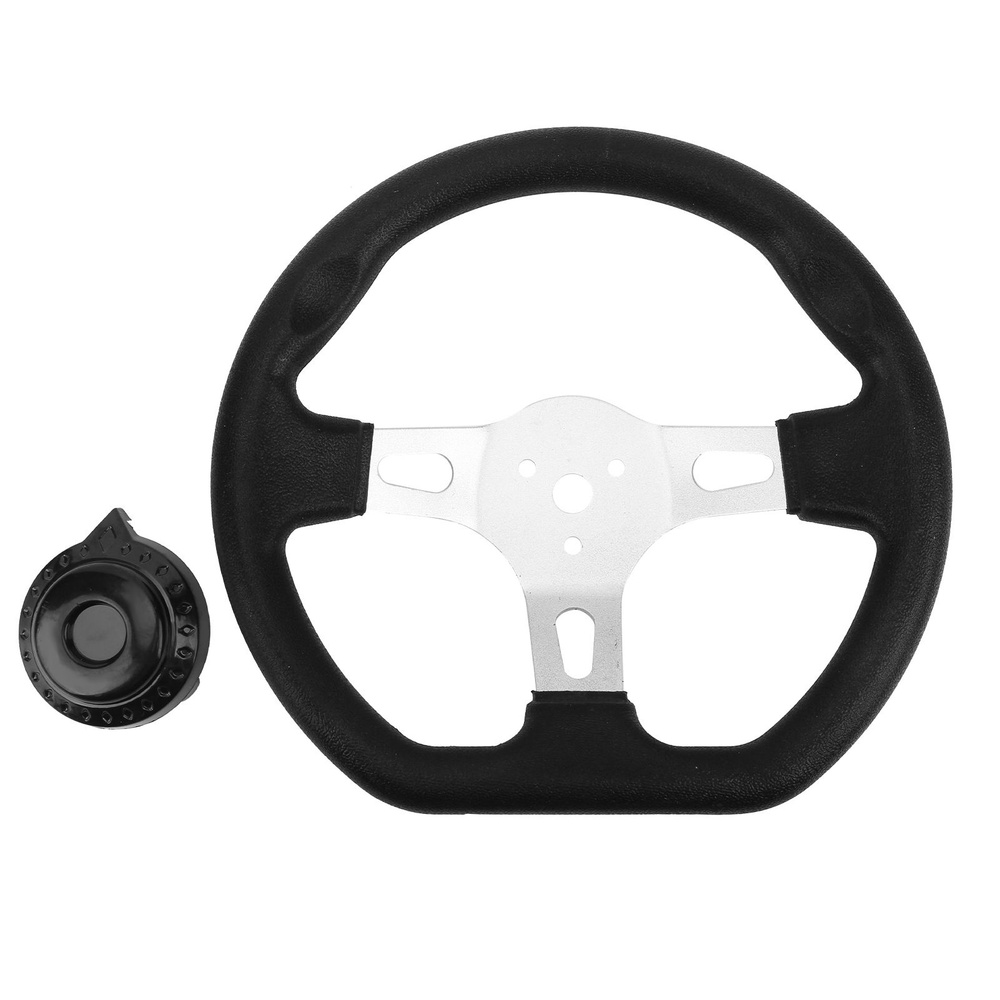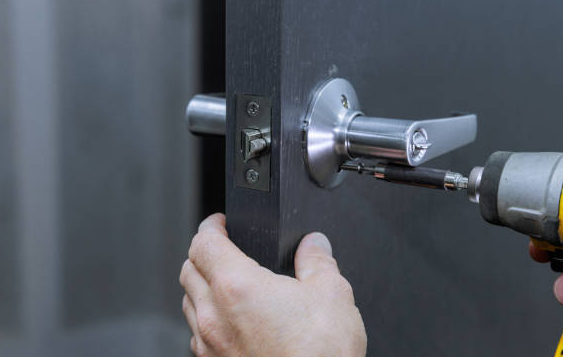In the exhilarating world of kart racing, every component plays a vital role in the pursuit of victory. Among the many crucial elements of a kart, the steering wheel stands out as a fundamental interface between the driver and the machine. It serves as the primary conduit through which drivers communicate their intentions and exert control over their racing destiny.
Kart steering wheels are not merely round pieces of moulded plastic or metal; they are meticulously designed instruments engineered to facilitate precision, responsiveness, and intuitive handling. In this article, we delve into the intricacies of kart steering, exploring why they are indispensable for driver control and performance on the track.
The Anatomy of a Kart Steering Wheel
Before we delve into the significance of kart steering wheels, let’s dissect their anatomy. Most steering wheels feature a circular design with a diameter optimized for a comfortable grip and swift manoeuvrability. They are typically equipped with a range of controls, including a steering hub, grips, and paddle shifters in advanced models.
The steering hub serves as the central connection point between the wheel and the kart’s steering column, ensuring seamless transmission of driver input to the vehicle’s front wheels. Grips, usually made from high-quality materials like rubber or suede, offer optimal traction and minimize slippage, even in challenging racing conditions. Paddle shifters, found in certain karting categories, allow drivers to change gears swiftly without taking their hands off the wheel, enhancing overall control and efficiency.
Precision Steering and Handling
At the heart of kart racing lies the pursuit of precision. Drivers strive to navigate tight corners, execute smooth overtakes, and maintain optimal racing lines with surgical precision. In this quest for perfection, the steering wheel emerges as the primary tool for achieving and maintaining control over the kart’s trajectory.
The design and responsiveness of kart steering wheels play a pivotal role in facilitating precise steering inputs. Whether negotiating hairpin turns or threading through a crowded pack of competitors, drivers rely on the tactile feedback provided by the wheel to gauge grip levels, adjust steering angles, and maintain optimal traction.
Moreover, the ergonomic design of steering wheels ensures that drivers can maintain a firm and comfortable grip throughout a race. This ergonomic advantage minimizes driver fatigue and allows for sustained focus and concentration a critical factor in the intense and unforgiving world of kart racing.
Enhanced Feedback and Sensitivity
In the realm of motorsports, where split-second decisions can spell the difference between victory and defeat, feedback and sensitivity are paramount. Kart steering wheels serve as conduits for transmitting vital feedback from the track to the driver, allowing for rapid adjustments and real-time responsiveness.
Through the nuanced feedback provided by the steering wheel, drivers can interpret subtle changes in track conditions, tyre grip, and kart dynamics. This heightened sensitivity enables drivers to adapt their driving style on the fly, optimizing performance and maintaining a competitive edge over their rivals.
Furthermore, modern steering wheels are often equipped with advanced telemetry systems and data acquisition capabilities, allowing drivers and teams to analyze performance metrics with unprecedented granularity. By harnessing the power of data-driven insights, drivers can fine-tune their technique, optimize setup parameters, and extract maximum performance from their kart.
Intuitive Control and Driver Engagement
In the high-stakes world of kart racing, where the margin for error is razor-thin, intuitive control is non-negotiable. Kart steering wheels are meticulously engineered to offer drivers a seamless and intuitive interface for translating their racing instincts into tangible on-track performance.
The tactile feedback provided by the steering wheel enables drivers to develop a nuanced understanding of their kart’s behaviour, allowing for precise adjustments in real time. Whether executing a daring overtaking manoeuvre or defending against aggressive rivals, drivers rely on the intuitive responsiveness of the steering wheel to navigate the complexities of competitive racing.
Moreover, kart steering wheels serve as a conduit for driver engagement and immersion in the racing experience. From the visceral thrill of gripping the wheel at high speeds to the adrenaline-fueled battle for position on the track, the steering wheel embodies the symbiotic relationship between man and machine in the pursuit of motorsport excellence.
Conclusion
In the adrenaline-fueled world of kart racing, where victory is measured in fractions of a second, every component plays a pivotal role in shaping the outcome of a race. Among these components, the kart steering wheel stands out as a linchpin of driver control, precision, and performance.
From its ergonomic design and precision engineering to its intuitive feedback and sensory responsiveness, the steering wheel serves as a conduit for translating driver inputs into on-track dominance. Through relentless innovation and technological advancement, kart steering wheels continue to evolve, pushing the boundaries of performance and redefining the limits of human and machine synergy on the racetrack.



